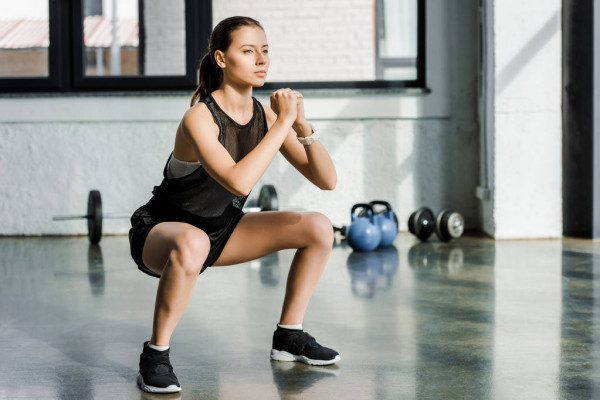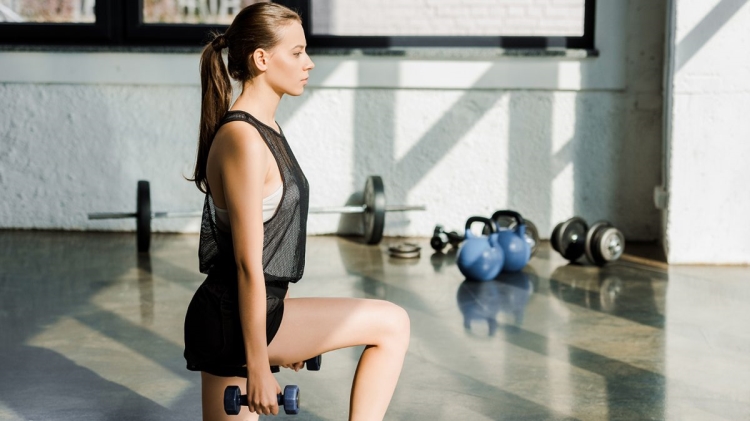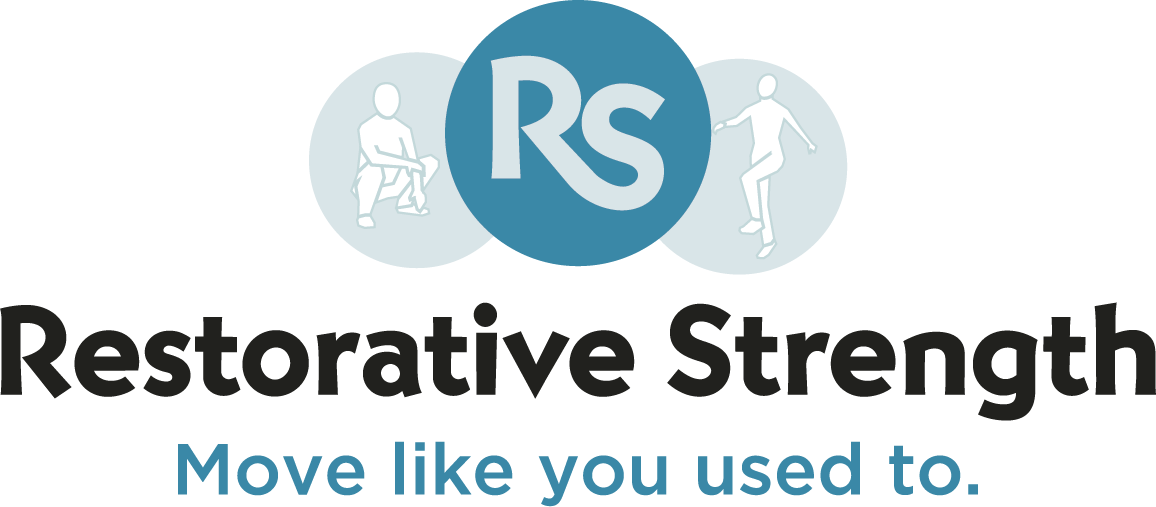Whether you want to get in shape or improve your overall fitness, there are seven-movement patterns that can make strength training routine enjoyable and hassle-free. Such foundational movement patterns form the core of all strength training exercises. The purpose behind any strength training is to help you master such movements so that you can do them efficiently and safely.
Foundational movement patterns consist of workouts that improve strength but also assist your muscular system and nervous systems coordinate their activities and work harmoniously together. This results in reduced injury risk and greater functional capacity when you play sports or perform the movements daily. So what are the seven fundamental movement patterns that will increase your overall body strength?
7 Basic Movement Patterns for Strength Training
1. Squats
The squat is a full-body, compound exercise that trains your hamstrings, hips, glutes, and quadriceps explicitly. Squats are regarded as the mother of all lower body exercises. This is because every time you stand up or sit down, you are performing a squat.
Squats are one of the most basic functional movement patterns that come with a lot of health benefits. They can help to strengthen your muscles and bones, increase flexibility, and, ultimately, your body strength. Since they use most of your muscle groups, squats can cause your body to produce excess anabolic hormone, which in turn helps you build muscles and lose weight.

2. Hip Hinge
The hip hinge provides one of the effective ways of improving your lower body strength. It is the ability to bend at your hips while maintaining a neutral/ straight spine. It is one of the fundamental movement patterns that can help to improve your body strength significantly.
Over 80% of people experience severe back pain at one point in their lives. Fortunately, hip hinge movements can prevent the back pain you have struggled with for years. Learning how to strengthen hip hinge correctly can save your back while keeping you healthy. But what are the best exercises to help you master the hip hinge movement pattern? Snatches and dead-lifts can effectively help you to learn hip hinge movement patterns. However, it takes patience and practice to master this movement pattern.
3. Push up
Pushups are great exercises for improving your upper body strength. They work the pectoral muscles, shoulders, and triceps. When done correctly, pushups can strengthen your lower back by pulling in the abdominal muscles. However, this movement pattern usually is under or overemphasized in most fitness centers.
In every-day life, this functional movement pattern is applied when pulling something heavy away from the top shelf. Pushups can be divided into two major categories: horizontal pushups (like bench presses) and vertical pushups (such as shoulder presses). Horizontal pushups usually work on the chest and shoulders, while vertical pushups primarily work on triceps and shoulders.
4. Pull-ups
The pull-up is one of the great upper body strength training workouts that come with a lot of health benefits. This movement pattern involves pulling yourself to a bar and later lowering down. It allows you to transform your upper body, without even having to subscribe to a gym membership.
Pull-ups are basic functional movement patterns that can strengthen your back, shoulder, and arm muscles. They can also help to improve your grip strength and total body strength. Several studies have confirmed that doing pull-ups regularly can minimize visceral fat and assist patients in managing type 2 diabetes.
5. Lunge
Lunges are like butter and bread for leg exercises as long as you are doing them right. It is a high strength training workout for people who want to sculpt tone and strengthen their bodies while improving overall performance and fitness. Lunges are ideal for strengthening your hips, legs, and back while enhancing your stability and mobility. If you perform lunges regularly, you will notice some great results in terms of improving your muscle mass and shaping up your body.

6. Loaded Carry
The loaded carry is one of the underrated workouts in most gyms today. However, it is one of the most practical foundational movement patterns out there. Jogging, walking, and sprinting with an external load are the most common examples of loaded carrying in our everyday life. Loaded carry is a compound term that combines various types of movement patterns. Put, it involves moving from one point to another while holding an external load.
7. Twist
Out of the six functional movement patterns discussed above, most of them are completed in two planes of motion, either sideways or forward motion. But the twist introduces the third plane of movement, which makes the workout more famous and functional. There are two kinds of twists; rotational and anti-rotational. Rotational twist movements are more common and can help you improve balance and build functional strength.
Final Thoughts
This post has explored the seven functional movement patterns that are crucial to your strength training success. However, some things are little said than done. Thus, it would be best if you found an experienced personal trainer to help you incorporate each of the seven functional movement patterns into your fitness routine today.

